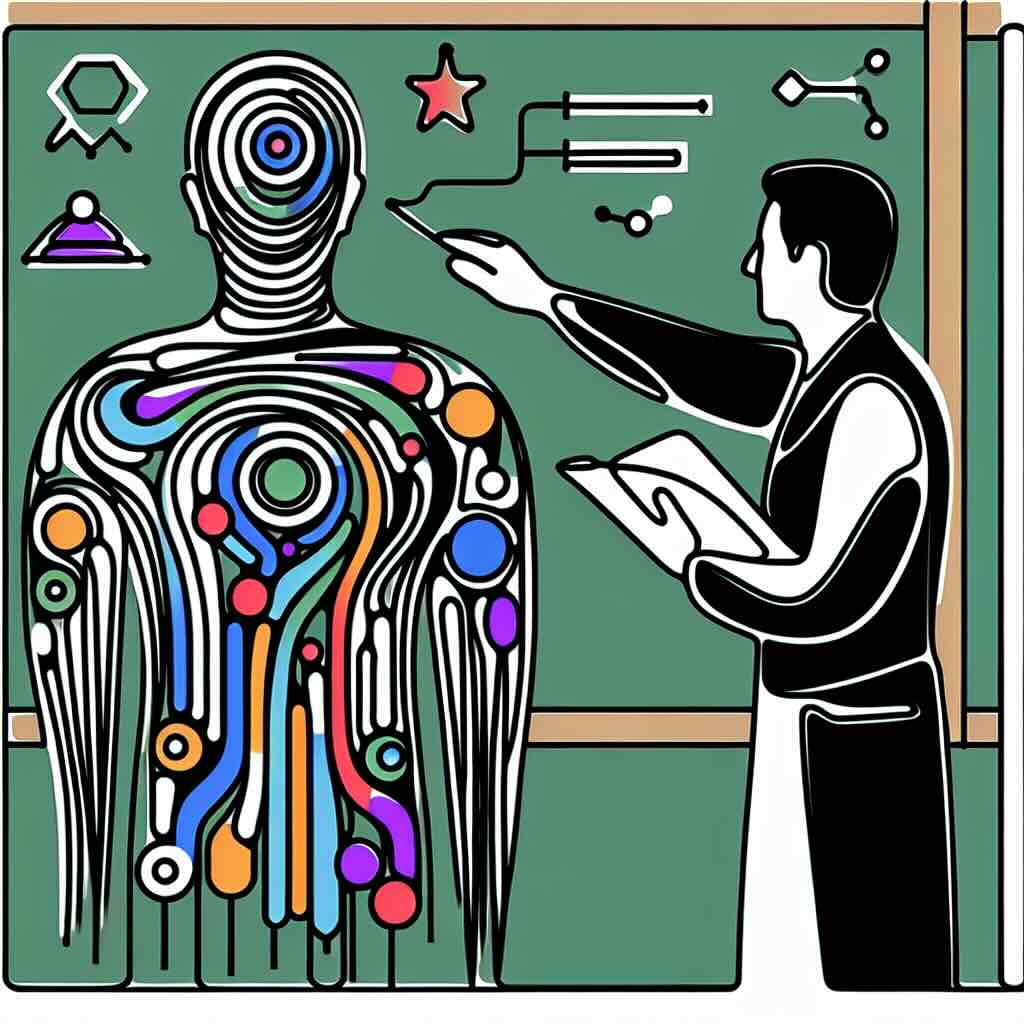Enhancing employee performance hinges not just on technical proficiency but also on the cultivation of essential soft skills. These seven key soft skills - communication, teamwork, problem-solving, adaptability, time management, work ethic, and emotional intelligence - are the cornerstones of a thriving and dynamic workplace.
Table of Contents
1. Introduction
2. Communication
3. Teamwork
4. Problem-Solving
5. Adaptability
6. Time Management
7. Work Ethic
8. Emotional Intelligence
9. Benefits
10. Risks
11. One Thing You Can Try Today
12. Conclusion
13. Try it Yourself
14. Related Topics
Communication
Effective communication is fundamental in every workplace. Being able to articulate ideas clearly, listen actively, and adapt communication styles to different audiences can significantly enhance employee performance. When team members communicate well, misunderstandings are minimised, and productivity is optimised. This skill encompasses verbal, non-verbal, and written forms of communication—all critical in maintaining smooth operations and fostering a collaborative environment.
Teamwork
Teamwork involves working collaboratively with others towards a common goal. It's a skill that transcends individual contributions and boosts collective productivity. Employees who excel in teamwork know the value of cooperation, understand group dynamics, and can manage conflicts constructively. Strong teamwork skills lead to better project outcomes, foster a positive workplace culture, and enable the sharing of diverse perspectives.
Problem-Solving
Problem-solving is the ability to identify challenges, analyze situations, and develop effective solutions. This skill is integral in navigating workplace obstacles and driving continuous improvement. Employees skilled in problem-solving can think critically, stay calm under pressure, and make informed decisions that benefit the organisation. Encouraging a problem-solving mindset within a team can lead to more innovative and efficient outcomes.
Adaptability
In today’s ever-changing business landscape, adaptability is more important than ever. This skill enables employees to adjust to new conditions, learn new skills, and take on varied roles as needed. Adaptability fosters resilience, ensuring that employees can handle disruptions and shifts in the market or workplace effectively. Moreover, adaptable employees are often more open to feedback and continuous learning, which are crucial for long-term success.
Time Management
Effective time management involves planning, prioritising, and executing tasks in a way that maximises productivity and minimises stress. Employees who master time management can juggle multiple responsibilities without compromising quality. This skill leads to improved efficiency, better work-life balance, and greater job satisfaction. By organising tasks and setting realistic deadlines, employees can achieve their goals more efficiently.
Work Ethic
A strong work ethic is the foundation of reliability and accountability in the workplace. Employees who demonstrate a robust work ethic are often seen as dependable and dedicated, which can lead to career advancement and enhanced performance. This skill includes traits such as discipline, integrity, and responsibility. A solid work ethic not only benefits the individual but also promotes a culture of excellence within the organisation.
Emotional Intelligence
Emotional intelligence (EI) is the ability to understand and manage one’s own emotions and to recognise and influence the emotions of others. High EI can enhance communication, conflict resolution, and leadership abilities. Employees with strong emotional intelligence can navigate social complexities, foster stronger interpersonal relationships, and contribute positively to team dynamics. EI is crucial for creating a supportive and thriving workplace environment.
Benefits
Integrating these seven key soft skills within your workforce can lead to numerous benefits:
- Enhanced communication and collaboration: Fosters a more cohesive and efficient team.
- Increased problem-solving capabilities: Promotes innovation and effective decision-making.
- Improved adaptability: Makes the organisation more resilient to change.
- Better time management: Leads to higher productivity and less burnout.
- Stronger work ethic: Builds a reliable and committed workforce.
- Higher emotional intelligence: Creates a harmonious and supportive workplace.
Risks
Neglecting the development of soft skills can pose several risks:
- Miscommunications: Can lead to errors and conflict.
- Poor teamwork: Hinders project success and employee morale.
- Inadequate problem-solving: Results in unresolved issues and stagnation.
- Resistance to change: Makes the organisation vulnerable to market shifts.
- Inefficient time management: Causes delays and decreases productivity.
- Weak work ethic: Leads to missed deadlines and lack of reliability.
- Low emotional intelligence: Results in poor interpersonal relationships and a toxic work environment.
One Thing You Can Try Today
Engage in a quick emotional intelligence exercise: Take five minutes to reflect on a recent workplace interaction. Identify the emotions you felt and consider how your response impacted the situation. Then, envision how you might handle a similar scenario with greater emotional awareness.
Conclusion
Developing key soft skills is essential for enhancing employee performance and driving organisational success. By focusing on these seven critical areas - communication, teamwork, problem-solving, adaptability, time management, work ethic, and emotional intelligence - organisations can create a robust, resilient, and highly productive workforce.
Try it Yourself
1. Assess: Conduct a self-assessment or gather feedback to understand your current soft skills level.
2. Plan: Identify one key soft skill to focus on this month and create a development plan.
3. Practice: Implement daily or weekly activities to hone your chosen soft skill.
Related Topics
- Leadership Development
- Employee Training Programs
- Conflict Resolution Strategies
- Effective Communication Techniques
- Workplace Culture Improvement







